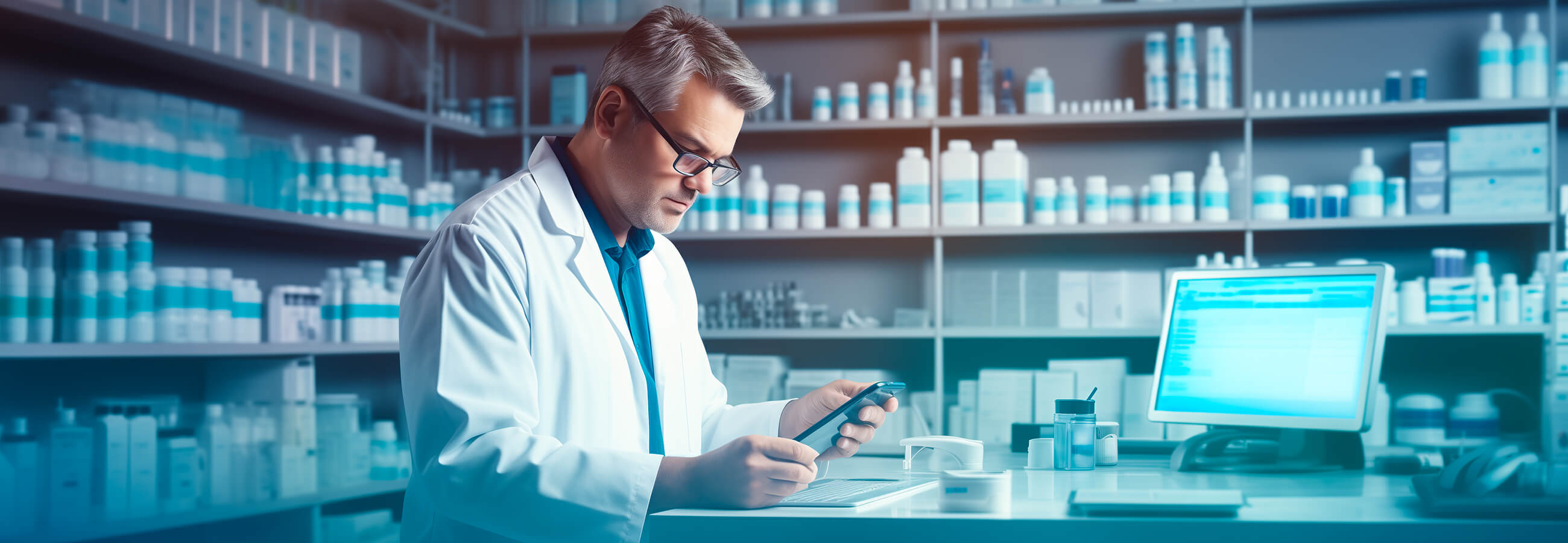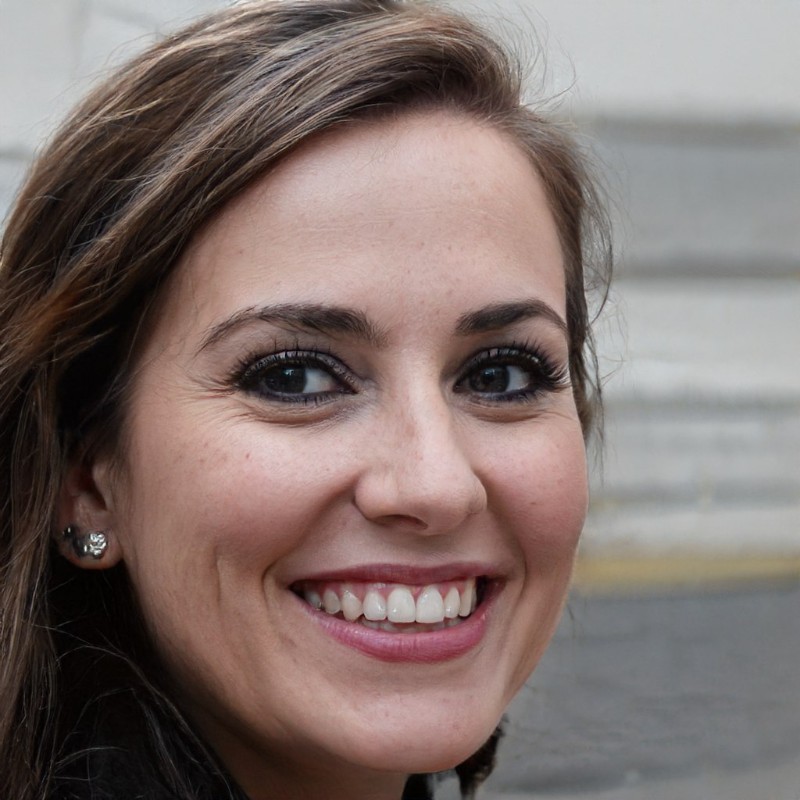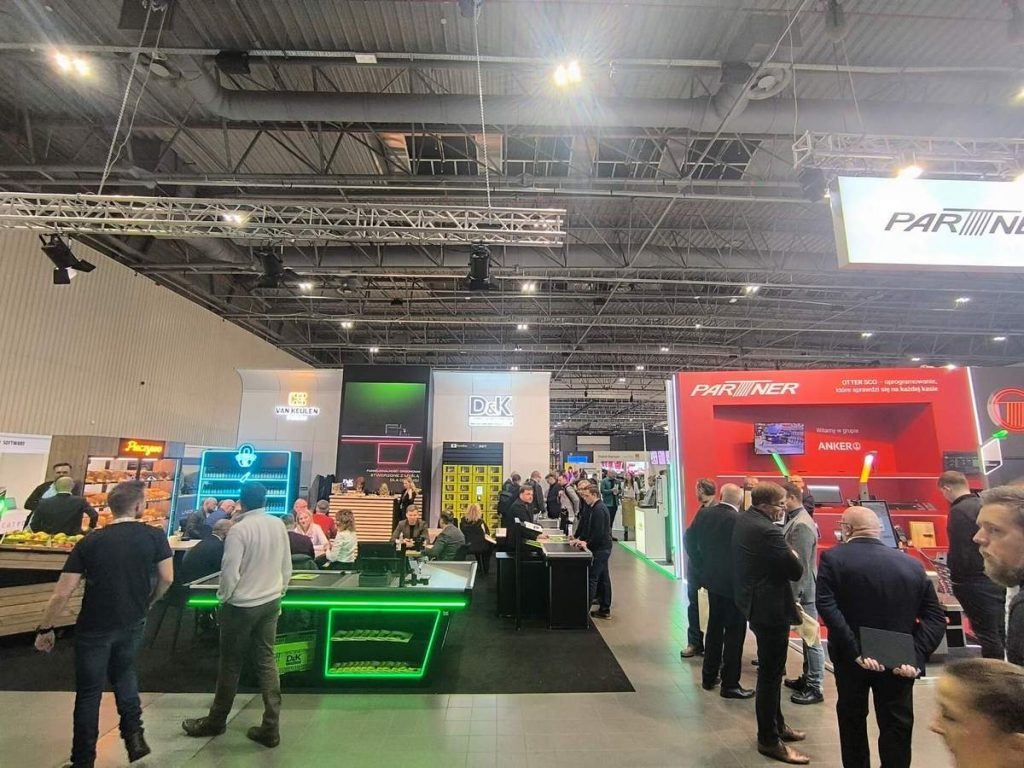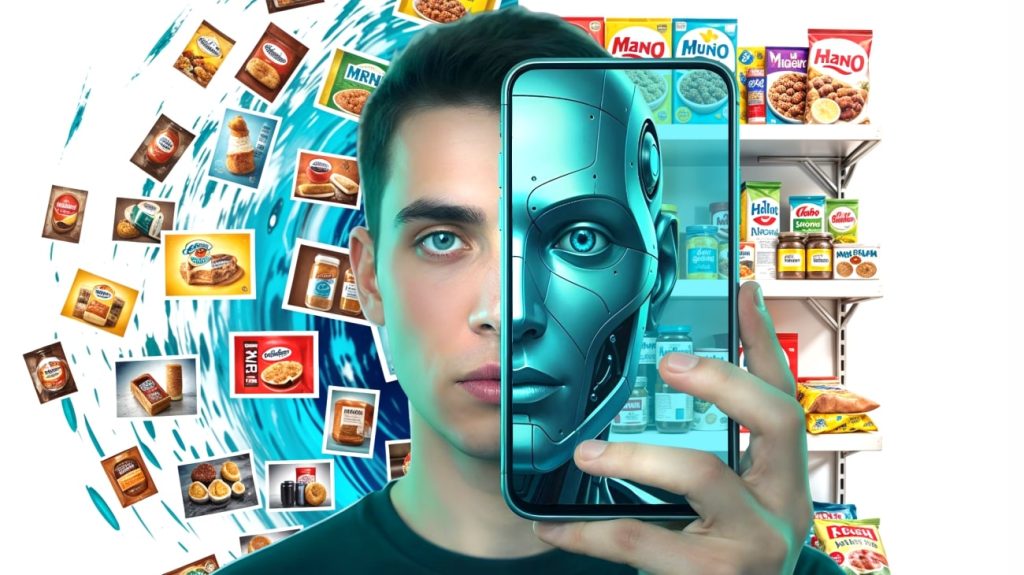Merchandising in a pharmacy has two basic objectives: draw customers to the pharmacy and promote up-sells. For example, a customer wants to buy nose drops, and at the same time takes paper tissues which he accidentally (actually not) saw on the counter.
That is why marketers have a strong focus on displaying goods in the pharmacy, ensuring good product mix and proper layout of goods in show-cases in order to increase average spend and, accordingly, enable increased sales throughout the pharmacy chain.
In this article, we will look at what pharmaceutical companies and pharmacies can do to comply with the basics of merchandising in the pharmacy, so that merchandising is beneficial and helps achieve corporate targets.
Table of Сontents
Features of pharmacy merchandising
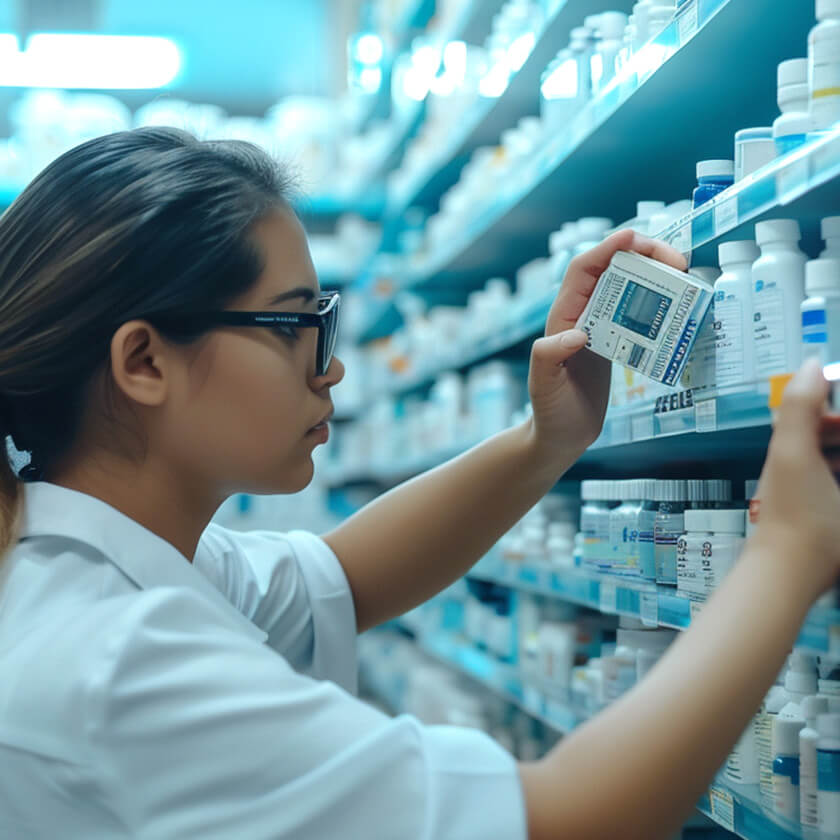
Pharmacy merchandising principles are similar to general merchandising rules. Medicines can be arranged according to the rules of vertical, horizontal or block display. The most profitable products must be located at eye level, as this is the “golden shelf”, just like in supermarkets.
However, when creating a display in pharmacies, it is of particular importance to remember that the display case = storage place. Therefore, it is necessary to ensure compliance with the storage conditions of drugs in accordance with the rules and regulations.
Let’s consider the basic principles of merchandising in a pharmacy:
- Grouping by characteristics: drugs shall be arranged according to their properties and uses, with clear separators between groups. For example, analgesics (PCM or IBU) can be grouped together on one shelf, but clearly separated from antihistamines.
- Protection from sunlight: light-sensitive drugs shall be stored in specially prepared areas protected from direct sunlight.
- Prescription drugs: it is recommended to avoid displaying them on generally accessible show cases due to possible violations of advertising laws.
- Dietary supplements: separate placement from medications, grouped by functional purpose or brand for easy navigation.
- Sales techniques: highlighting dietary supplements of plant origin in a separate show case and accompanying them with related products to capture customer attention.
- Checkout area: it is worth placing small, bright and inexpensive goods near the cash register, for example, ascorbic acid or lollipops.
- Advertising POSM: placement of advertising materials on product shelves and on open shelving to raise awareness of certain drugs.
All these restrictions lead to the fact that pharmacies and pharmaceutical companies must carefully monitor the correct display of medications on pharmacy shelves and ensure proper merchandising of the pharmacy sales area. Incorrect display of goods in a pharmacy can result in fines from regulatory authorities. In addition, this also results in downturn in sales, because clutter on the shelves negatively affects the convenience of shopping and customer trust. To avoid this, the display shall be monitored.
The Economics of Merchandising: The Cost of Mistakes

The pharmaceutical market is changing, and traditional pharmacies today must compete with online pharmacies like DocMorris or Shop Apotheke. They offer 24/7 delivery, personalized recommendations, and mobile apps for reserving medications and consultations.
In this environment, the quality of the offline experience — including proper displays and product availability — becomes a critical factor in retaining customers. Every merchandising mistake in a pharmacy can result in lost sales. For example, statistics show that half of shoppers will abandon a purchase if there’s no price tag on a product.
The primary audience for physical pharmacies is older adults, so large, readable price tags, logical navigation, and convenient product placement at eye level are especially important for them. Display errors aren’t just an inconvenience — they’re a reason to switch to a competitor.
How to Effectively Control Displays in Today's Reality?
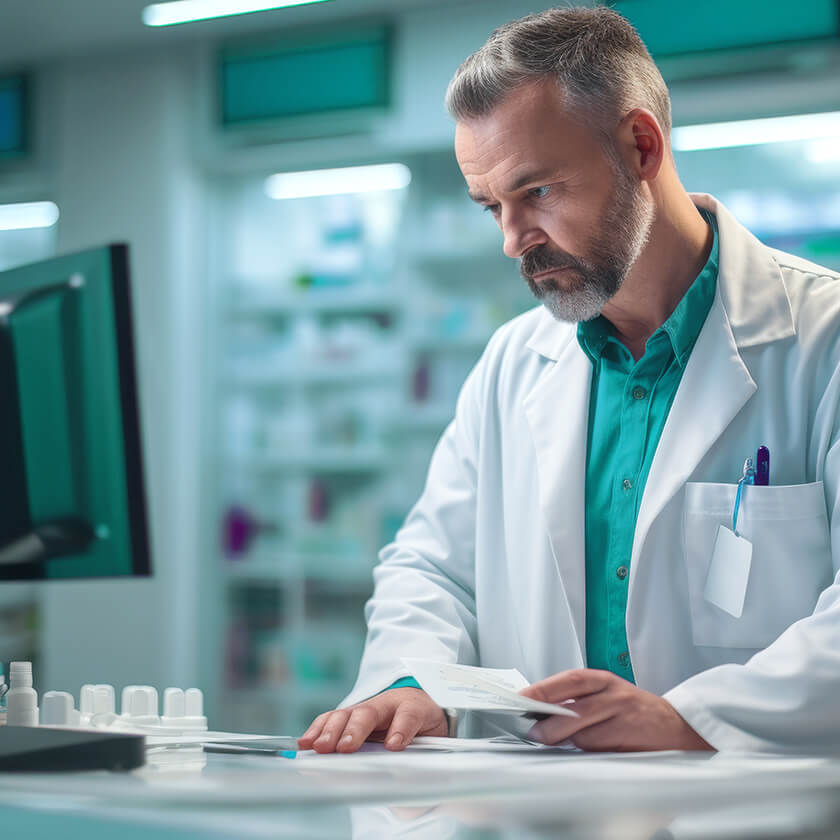
Brick-and-mortar pharmacies and pharma companies aren’t falling behind and are also actively leveraging technology. They focus on what online can’t offer — immediate availability and physical interaction with products. To achieve this, display monitoring needs to be automated.
Display monitoring is a continuous and routine process. It can be described as follows. Medical representatives visit the pharmacy, correct and then check whether the display corresponds to the planogram: whether drugs are arranged correctly, whether all the necessary brands and SKUs are available, whether there are any missing items, whether all necessary POS materials are in place, etc.
This process is prone to errors, because a human is not a robot and can make mistakes due to fatigue or inattention. In addition, the pharmacies that need to be visited can often be located in different cities and even countries.
All this poses many challenges. Below we will tell you about two challenges that managers of pharmaceutical companies most often encounter:
- It is difficult to check the performance of medical representatives, since they work outside the office and can also make errors in reports.
- It is difficult to monitor the representation of brands on the shelves of pharmacies and other retail outlets, since reports from medical representatives are processed for a long time and manually, and may also contain errors.
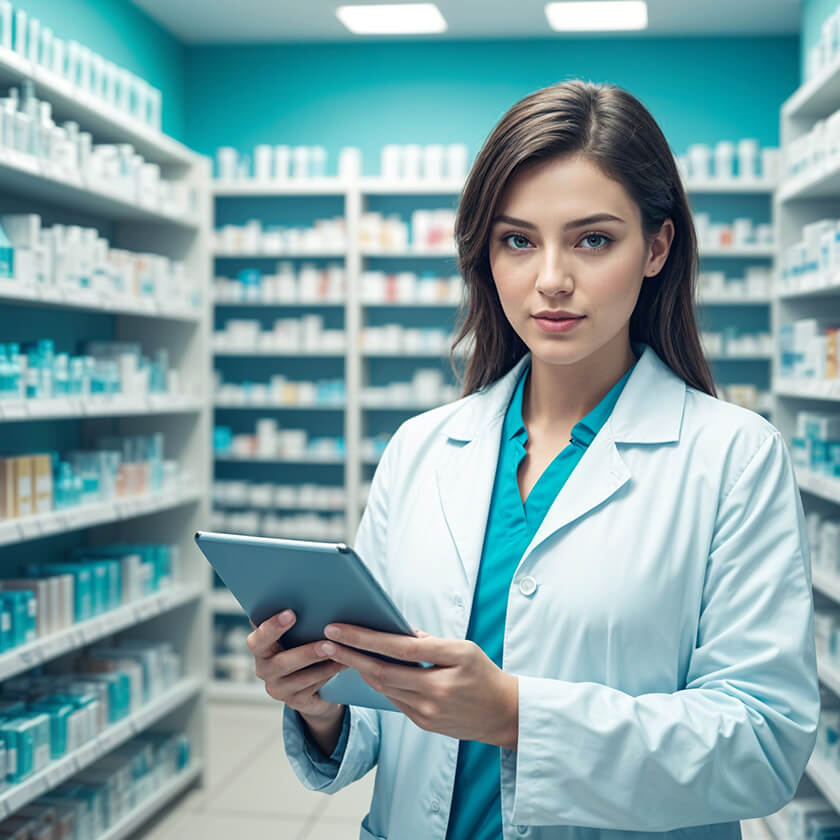
Incentive program and mobile application to supervise medical representatives
To address the first challenge, it is necessary to establish clear and understandable KPIs with a staff incentive system, and deploy a mobile application that will show the employees’ assignments, determine their location, the date and time of their visit to the pharmacy, and most importantly, monitor compliance with the display rules. This encourages employees to work more responsibly and complete assignments better.
KPIs for medical representatives should be achievable and controllable. This means that the employee should be actually able to achieve the indicator while understanding its impact on the performance.
As an example, let’s figure out why the KPI of 100 visits per day or a gain in sales at pharmacy X by 10% is incorrect. Firstly, a person will not physically have time to visit 100 pharmacies a day, and secondly, the operations of a medical representative do not directly affect the increase in sales.
To create an incentive program, you need analytics: number of stores visited, planogram compliance rate, high-quality photo rate, variations over the period, number of photos by month, etc.
In addition, the IT solution has enhanced fraud protection, for example, users cannot upload old photos from the gallery of your mobile device or take them at another pharmacy.
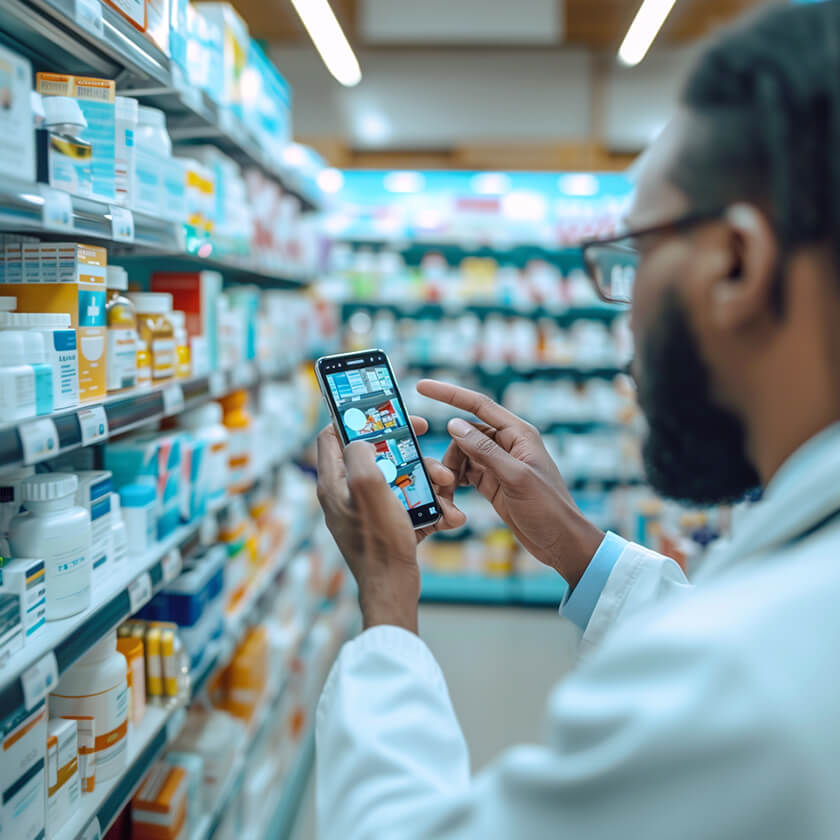
Automation of shelf display monitoring
Technology will help address the second challenge – display monitoring and representation of brands. It is difficult to compare the display against a planogram, since each pharmacy has its own planogram. Additionally, product locations vary from season to season. For example, in the summer you need to focus on sunscreens, while in the fall antipyretic drugs or nose drops are more relevant.
At the stage of checking the display, dozens of medical representatives make inaccuracies in reports on retail outlets. Managers, in turn, are not able to process all reports in time and build analytics with different breakdowns. All this results in inaccurate, incomplete and irrelevant information reaching managers. This makes it difficult to understand the actual situation on the shelves and evaluate the performance of medical representatives.
Automating the process helps make it faster and avoid inaccuracies. For example, using the Goods Checker application, medical representatives only need to take a photo of the display, and the application itself will process the image, identify missing or incorrectly displayed SKUs and POS materials, and also send processing results to the BI system in real time.
This means that managers get detailed analytics about products on the shelf, e.g.:
- planogram compliance rate, MSL, availability on shelves by category of pharmacies (chains or individual) or by region (city, country);
- arrangement of POSM materials and compliance with merchandising standards;
- calculation of planogram compliance rate by medical representatives, clients, chains, brands;
- representation of competitors’ brands, number of own SKUs on shelves.
Thanks to detailed static and dynamic data, management can make informed management decisions based on complete, real-time and reliable data.
Pharmacies today cannot do without technology
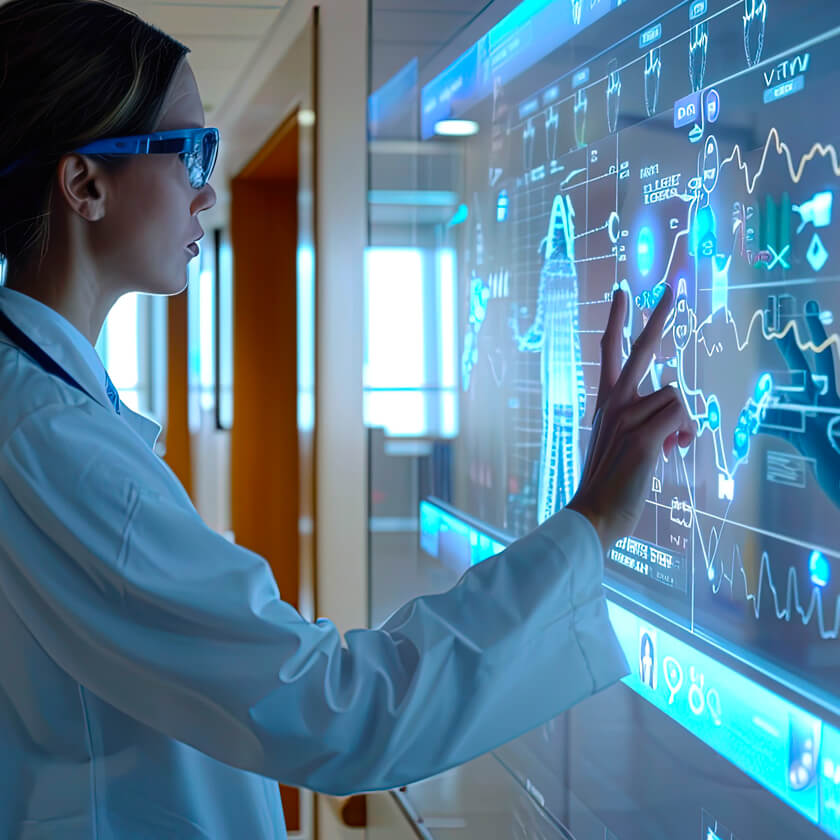
Pharmaceutical companies should turn their attention to the introduction of artificial intelligence technologies in pharmacies to improve the use of pharmacy merchandising strategies, their operations and supervision of merchandising processes. These technologies allow monitoring how medical representatives perform their assignments and preventing errors or inaccuracies. As a result, processes become more efficient and transparent.
Deployment of a computer vision system for merchandising in pharmacies can be completed in just 2-3 weeks. Today, testing such technologies has become easier thanks to the availability of cloud services (SaaS).
Please contact us, and we will tell you how you can improve your merchandising processes using artificial intelligence technology in just a few weeks and what you need for this.
